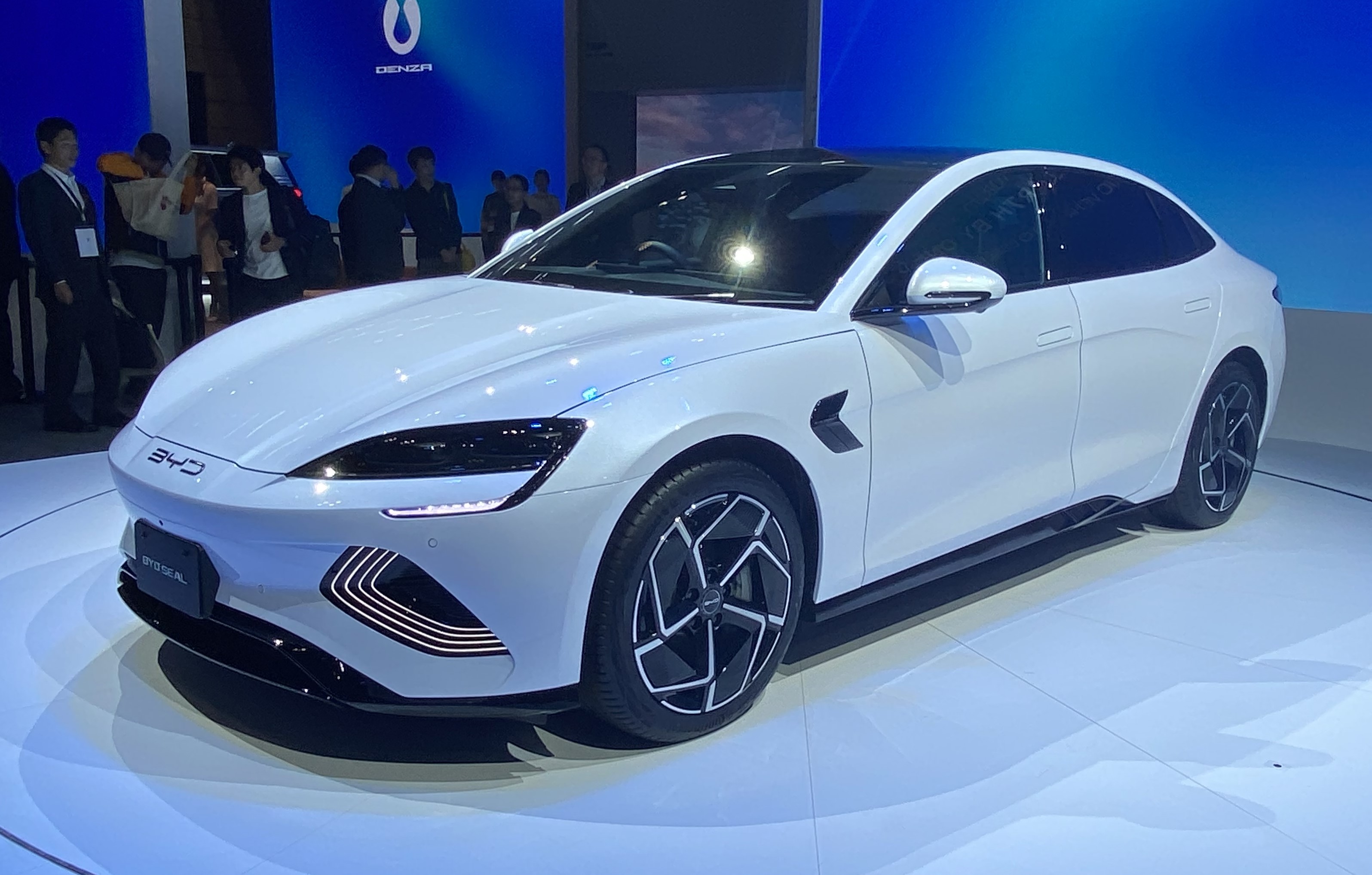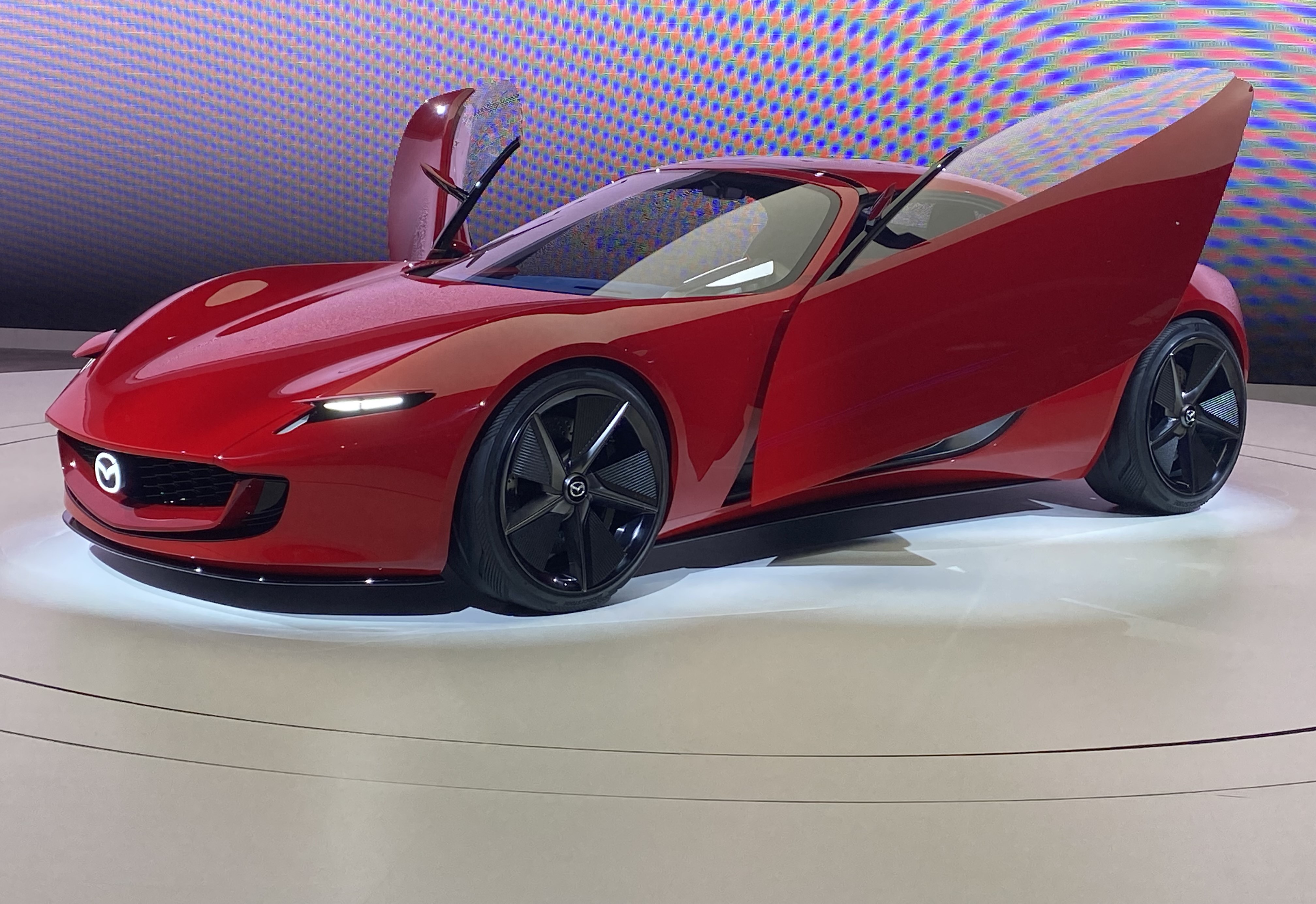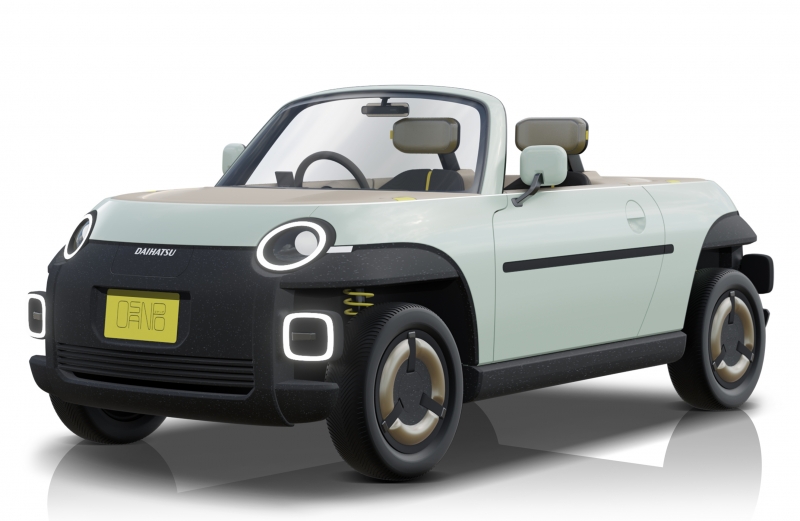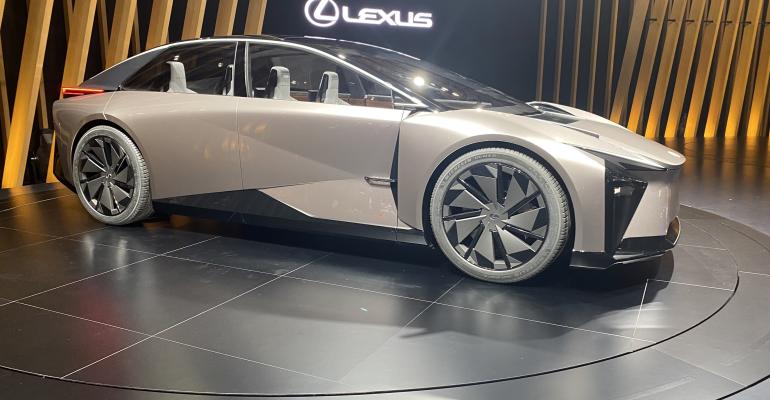The Japan Mobility Show, formerly the Tokyo Motor Show, opened its doors to the public on Thursday, Oct. 26, and will run through Sunday, Nov. 5.
For those of us who attended the Tokyo Motor Show during the glory years of the late 1980s and early 1990s when attendance approached and exceeded 2 million, it is hard to discern the show organizers’ goal.
Is it to attract interest in cars among young people in Japan, thus helping reverse sagging sales which fell to a nearly 50-year low last year? Or is it to highlight the Japanese industry’s powertrain technology as automakers around the world shift rapidly to battery-electric cars? Japan is lagging with only 2% of sales all-electric.
Or do organizers truly believe that bringing multiple industries together – nearly 500 participants including startups – will revitalize the domestic industry which, with the exception of Toyota and Suzuki, has struggled?
The main focus of concept cars this year is on BEVs as every automaker unveiled at least one model. Then again, this isn’t the first time Japanese automakers have exhibited battery-powered concepts. In 2007, the show focused on alternative propulsion, mostly BEVs and hybrids.
Four years ago, before the pandemic, we spoke to Mitsubishi CEO Osamu Masuko about the state of the Japanese auto market, specifically about why there are so few interesting cars. Masuko, who passed away the following summer, was surprisingly blunt.
“Cars are no longer a source of dreams,” he said. “Back when I got into this business, a car helped define who you were as a person. They’re no longer essential. Your phone is (defining), not your car for many people, particularly people living in cities and old people.”
Masuko added that “Japan’s population is declining and aging (nearly 30% are over 65 and 10% over 80). As a result, automotive demand can be expected to go down.”

This year’s show, although boasting a record number of participants, features only 12 automakers including only two from Europe, one from China (BYD Seal pictured above) and none from North America. The show is largely a Japanese affair.
Among Japanese brands:
- Nissan unveils a lineup of futuristic cars that come straight from Japan’s “anime” or animation culture. They include the Hyper Force, a futuristic version of the GT-R, the Hyper Punk and Hyper Tourer. None of these looks like they’ll ever go into production.
- In contrast, Toyota and its Lexus Div. are primed to make the transition to BEVs. Toyota presents an FT-Se sports car and a Land Cruiser concept, the Land Cruiser Se. The automaker also displays an electric pickup truck, the EPU.
- Lexus exhibits the LF-ZC, which is scheduled for production in 2026 and reportedly aims to achieve a 625-mile (1,000-km) range. Earlier this year, the automaker announced plans to produce 3.5 million all-electric vehicles in 2030, some 30 models in total.
- Mazda’s SP Sports Car (pictured, below) is equipped with a two-rotary EV system.

- Honda’s main concepts are the Prelude Concept, an electric sports car and the Sustaina-C, a lightweight electric hatchback whose body panels are made substantially from acrylic resins.
- Honda confirms it is ending plans to jointly develop affordable EVs with General Motors.
- Mitsubishi’s D:X Concept, an electrified crossover MPV, incorporates a plug-in hybrid powertrain. Earlier last week, the automaker announced plans to invest €200 million ($212 million) in Renault’s Ampere venture and will work with the French automaker in developing a BEV for the European market. Nissan is investing €600 million ($637 million) in Ampere.
- Meanwhile, Suzuki exhibits two electric models, both near production. The automaker plans to introduce the EVX in 2025 in Europe, India and Japan. The model will offer a 500-km (312-mile) range. The EWX is being developed for the Japanese market. No time frame is offered for its introduction.
- Subaru’s main concept car, the Subaru Sport Mobility, is a future BEV featuring the automaker’s all-wheel-drive technology.
- Daihatsu exhibits four BEV minis including the Osanpo (pictured, below), an open-air 2-seater.






